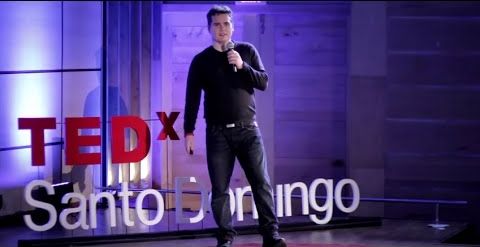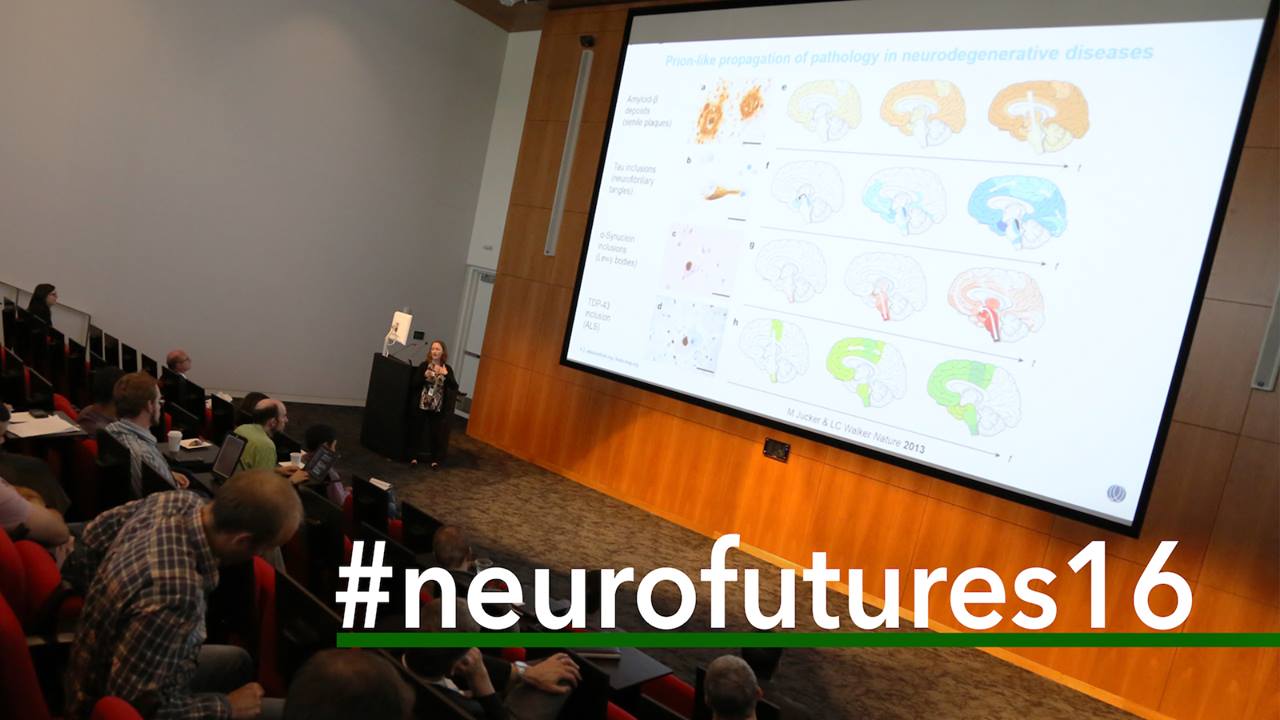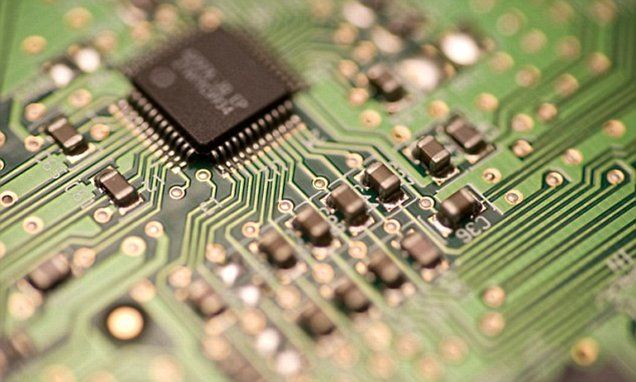In 15 years the human specie is going to develop super human level machine intelligence.
-What it means to be Super-Human?
–The country with Artificial Intelligence will be the country on top.

In 15 years the human specie is going to develop super human level machine intelligence.
-What it means to be Super-Human?
–The country with Artificial Intelligence will be the country on top.
Until now, art historians dismissed some doodles in da Vinci’s notebooks as “irrelevant.”
But a new study from Ian Hutchings, a professor at the University of Cambridge, showed that one page of these scribbles from 1493 actually contained something groundbreaking: The first written records demonstrating the laws of friction.
Although it has been common knowledge that da Vinci conducted the first systematic study of friction (which underpins the modern science of tribology, or the study of friction, lubrication, and wear), we didn’t know how and when he came up with these ideas.
Continue reading “Engineer finds a huge physics discovery in da Vinci’s ‘irrelevant scribbles’” »
In the next five years, it will be too expensive to further miniaturize—but chip makers will innovate in different ways.

Julie Harris gave a fascinating talk at the recent NeuroFutures conference on mapping whole brain connectivity to investigate Alzheimer’s pathologies in mouse models.
20 GB/s Wi-Fi
Hold on to your hats – or in this case, your wireless devices – and prepare to be blown away by 802.11ay. The next generation wireless standard promises almost three times the speed of 802.11ad with transmission rates of 20 Gbps, up from 802.11ad’s current rate of 7 Gbps. It will also extend transmission distance from the 10 meter limit of 802.11ad to as far as 300–500 meters!
Scheduled for release next year, 802.11ay will increase bandwidth and improve the reliability and robustness of the 60GHz millimeter wave spectrum. It will be designed to improve throughput, range and use-cases.
One area that I am researching and learning more about is synthetic diamonds/ diamondoids. I came across this white paper written on the Nanofactory and wanted to share.
Interesting…
The SETI concepts now called ‘Dysonian’ are to my mind some of the most exhilarating ideas in the field. Dysonian SETI gets its name from the ‘Dyson spheres’ and ‘Dyson swarms’ analyzed by Freeman Dyson in a 1960 paper. This is a technology that an advanced civilization might use to harvest the energy of its star. You can see how this plays off Nikolai Kardashev’s classification of civilizations; Kardashev suggested that energy use is a way to describe civilizations at the broadest level. A Type II society is one that can use all the energy of its star.
In the film 2010, director Peter Hyams’ 1984 adaptation of Arthur C. Clarke’s novel 2010: Odyssey Two (Del Rey, 1982), we see an instance of this kind of technology at work, though it has nothing to do with a Dyson sphere. In the film, a dark patch appearing on Jupiter signals the onset of what Martyn Fogg has called ‘stellification,’ the conversion of a gas giant into a small star. Rapidly replicating von Neumann machines — the famous monoliths — increase Jupiter’s density enroute to triggering nuclear fusion.
Physicists have manipulated 50 individual atoms at once in a dramatic upscaling of a technique vital to quantum computing. Cathal O’Connell explains.

The report, by the Washington DC-based Semiconductor Industry Association and the Semiconductor Research Corporation, includes a chart which shows for the amount energy needed per bit, computing will not be sustainable by 2040.
This is when the energy required for computing is estimated to exceed the estimated world’s energy production.
Continue reading “Computers Could Use More Than World’s Production of Energy by 2040” »